Budget 2022 Expectations: 'Budget is likely to remain growth-focused; fiscal deficit is likely to remain high for next year'
With the severity of Omicron being muted, we expect RBI to hike the Reverse Repo rate in Feb/ April policy and thus take short-end INR rates higher.

The Union Budget 2022-23 is expected to be presented by the Union Minister of Finance Nirmala Sitharaman on February 1, 2022. The budget session of Parliament will start from January 31 and will continue till April 8.
Speaking on the expectations and local market thoughts, Ashhish Vaidya, Head of Treasury, DBS Bank India shared these points for Budget 2022:
1. Fiscal Policy: Budget 2022
The Budget is likely to remain growth-focused and hence the fiscal deficit is likely to remain high for next year. Sources quoted on newswires have stated a 6.3% to 6.5% fiscal deficit for next year. Our expectation is that the revenues are likely to remain buoyant, hence the high fiscal deficit number would indicate higher expenditure. There is also the possibility of a continued process of moving off-balance-sheet borrowing on NHAI etc to on-balance sheet thus ensuring better transparency in the overall numbers. The higher borrowing numbers would likely push INR Government Securities to yield higher with 10-year moving towards 6.80% by April 2022. The expectation is that we could see higher issuances in the longer end next year thus causing steepening of the curve.
2. India Government Securities Index Inclusion
We expect to see the index inclusion announcement come by March 2022. Though this is an additional demand coming up, we think this will only help offset the RBI OMO purchases that were seen last year. This would, however, increase the inflows into the country and increase the RBI FX reserves kitty.
Also Read: Budget 2022: Parliament session starts from January 31, General budget on February 1: Sources
3. RBI Policy Actions: INR Liquidity Absorption and Rate Hike
Economic growth seeing better traction indicated by better GST numbers, we expect RBI to increase INR liquidity absorption through larger amounts of VRRR and increase in Reverse Repo Rate through Jan to Apr this year thus taking o/n rates towards 4% from 3.35% currently. The initial action has been through VRRR as RBI was cautious on how the Omicron would play out. The VRRR gave RBI the flexibility to reverse their actions, unlike reverse repo hikes. However, with the severity of Omicron being muted, we expect RBI to hike the Reverse Repo rate in Feb/ April policy and thus take short-end INR rates higher.
We expect that RBI would have the first hike in Repo Rate by 25 bps in either June or Aug policy. The headline inflation is expected to remain between 5.50% to 5.90% in the second half of the year with possible upside surprises. However, we do think that RBI policy action is to be gradual and hence may not see more than two hikes this year in Repo Rate. We think the terminal repo rate of India has moved lower from 6% to 5% in this cycle.
Global macro thoughts -
4. US Rate Hike Cycle, Global Liquidity, and US-China Policy Divergence
We have seen in the recent past that FED has come around to the view of persistent inflation and hence likely to see quicker rate lift-off. Though the market expectation is of three rate hikes this year, we think only two rate hikes will materialize. However, the market will continue with the extra hike pricing in the first half of the year as high inflation persists. The impact of his inflation is likely to have significant implications for US politics as this could lead to Democrats losing control of the Senate after the Nov midterm elections.
Though there has been a rollback of various liquidity measures announced during the Covid period by the global central banks, our estimate is that global liquidity would continue to remain buoyant for the next two years and support for equity and other assets will remain.
In addition, we expect to continue to see a divergence in US-China Monetary Policy this year. China is likely to see the growth slowing as well as the continued migration of manufacturing from the country. This is in addition to changing demographics of their population will cause China Government and their Central Bank to take fiscal and monetary policy measures to support the economy.
5. Crude Prices
With overall economic growth continuing the momentum along with increased travel along with the fact that this sector has not seen new investments in the last couple of years due to the ESG move, we expect the demand for crude increase. The actual output increase from OPEC will be clearly behind the increase announced by OPEC due to the members' ability to increase production. Also, unlike last time the Shale gas output is nowhere likely to pick up even at these crude price levels. Considering these, we expect crude prices to move to USD 100 per barrel during the year.
Lastly, commodity price inflation will continue to provide headwinds to widespread global GDP growth.
Get Latest Business News, Stock Market Updates and Videos; Check your tax outgo through Income Tax Calculator and save money through our Personal Finance coverage. Check Business Breaking News Live on Zee Business Twitter and Facebook. Subscribe on YouTube.
RECOMMENDED STORIES
04:46 PM IST






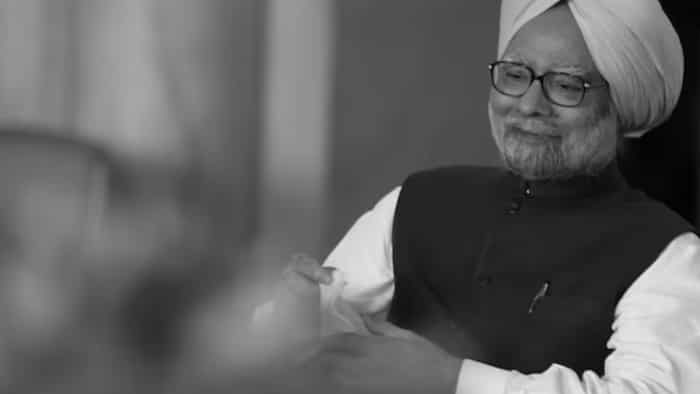
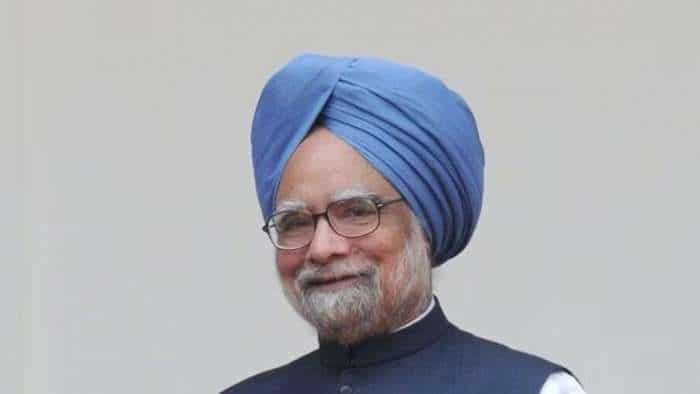
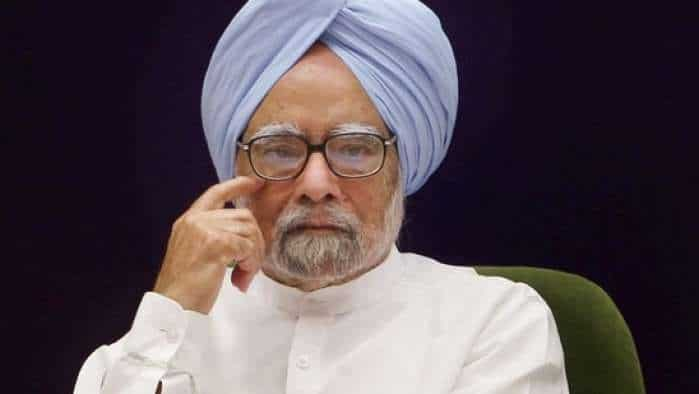
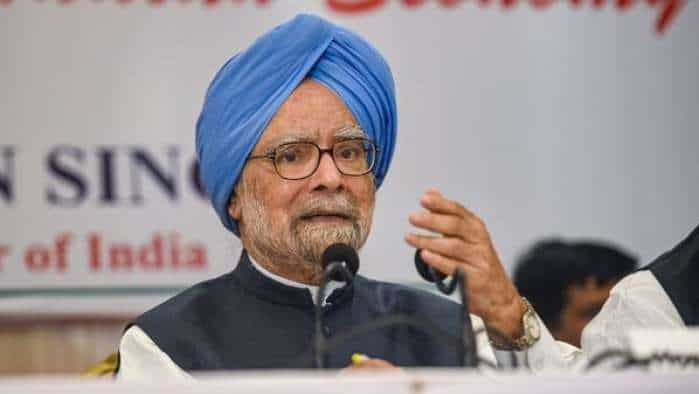
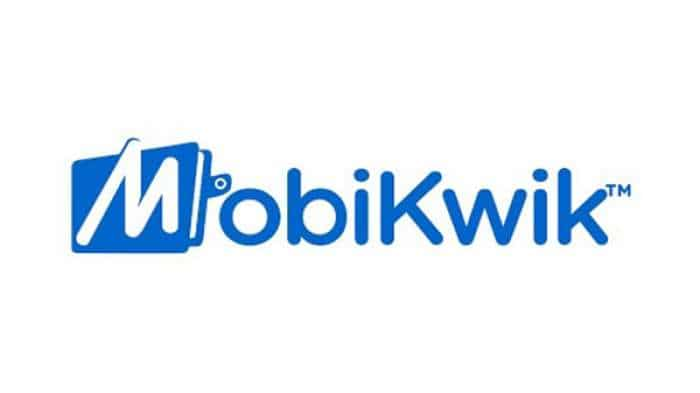
 Haryana Budget 2022: Khattar Govt presents Rs 1.77-lakh-cr Budget; announces Sushma Swaraj Award, scheme for women
Haryana Budget 2022: Khattar Govt presents Rs 1.77-lakh-cr Budget; announces Sushma Swaraj Award, scheme for women Himachal Pradesh Budget 2022 brings good news for pensioners - Check amount, age, income limit details here
Himachal Pradesh Budget 2022 brings good news for pensioners - Check amount, age, income limit details here  PM Narendra Modi calls upon private firms to enter medical sector in big way
PM Narendra Modi calls upon private firms to enter medical sector in big way There is a buzz, interest in market for LIC IPO; we will be going ahead with it: FM Nirmala Sitharaman
There is a buzz, interest in market for LIC IPO; we will be going ahead with it: FM Nirmala Sitharaman RBI on Indian Economy: Budget 2022 proposals, recent monetary policy set tone for revival
RBI on Indian Economy: Budget 2022 proposals, recent monetary policy set tone for revival